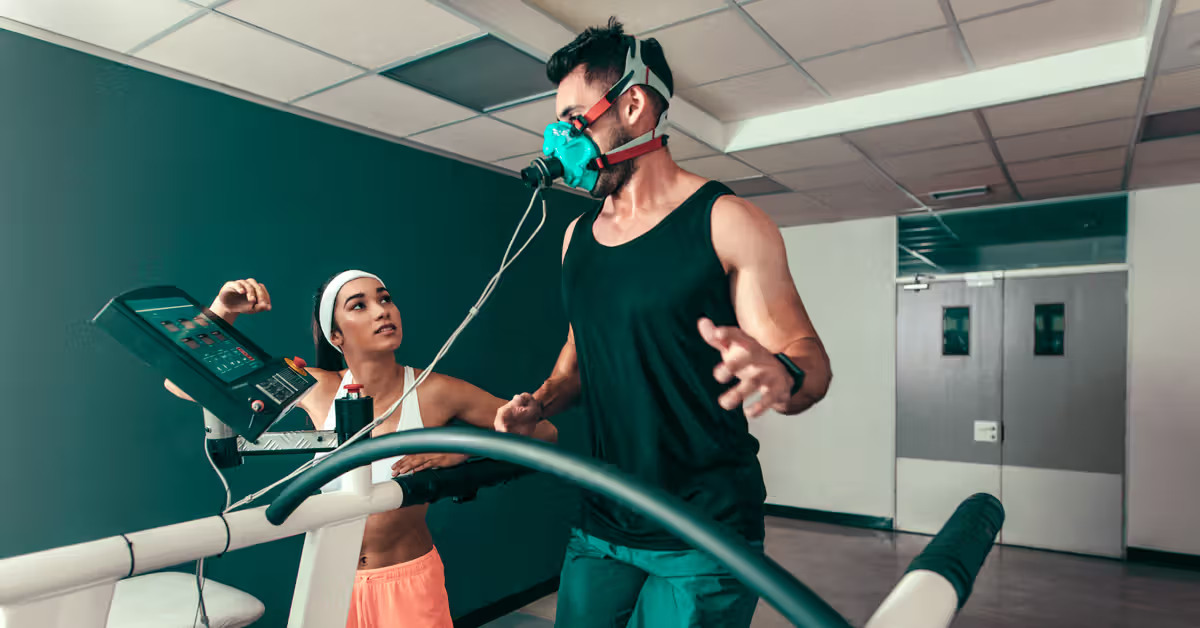Nutritional Antioxidant Capacity Testing in Animal Diets
The importance of antioxidants in animal diets cannot be overstated. These compounds play a crucial role in protecting animals against oxidative stress, which is caused by an imbalance between the production of reactive oxygen species (ROS) and the ability to counteract them with antioxidants. Oxidative stress can lead to cellular damage, compromising overall health and performance. This testing service aims to identify and quantify the nutritional antioxidant capacity within animal diets through a series of rigorous laboratory analyses.
Our service is tailored to meet the needs of quality managers, compliance officers, R&D engineers, and procurement professionals in the clinical and healthcare sector who are responsible for ensuring that animal feeds meet stringent nutritional standards. By offering this comprehensive testing protocol, we help these stakeholders ensure product safety, efficacy, and compliance with relevant international standards.
Testing involves multiple steps to ensure accuracy and reliability. Specimen preparation typically includes grinding samples into a fine powder, which is then analyzed using various spectrophotometric methods or other analytical techniques depending on the specific type of antioxidant being measured. We also employ chromatographic methods for more complex mixtures to isolate and quantify different antioxidants.
The results are reported in terms of total antioxidant capacity (TAC), expressed as Trolox equivalents per kilogram (TE/ kg). This metric provides a standardized way to compare different feed formulations based on their antioxidative potential. Compliance with international standards such as ISO 15685 and EN 14920 ensures that our testing method is both accurate and consistent.
Our laboratory adheres strictly to industry best practices, ensuring that all tests are conducted under controlled conditions. The use of advanced instrumentation like high-performance liquid chromatography (HPLC) allows for precise measurements even in complex matrices such as whole grain products or fortified feeds containing multiple antioxidant sources.
The data generated from these tests can inform formulation adjustments to optimize nutritional profiles while minimizing potential risks associated with excessive ROS generation. For example, adding specific antioxidants like vitamin C, vitamin E, or natural plant extracts could enhance the overall health benefits of animal diets without compromising on other essential nutrients.
Furthermore, understanding the antioxidant capacity helps in managing feed costs effectively by selecting cost-effective but effective sources of antioxidants that still meet regulatory requirements and nutritional goals. This knowledge is invaluable for R&D teams looking to innovate new products or improve existing ones based on scientific evidence rather than guesswork.
In conclusion, our Nutritional Antioxidant Capacity Testing service provides critical insights into the quality and safety aspects of animal feed ingredients. By leveraging state-of-the-art analytical techniques combined with thorough understanding of nutritional science principles, we strive to deliver reliable results that contribute positively towards maintaining high standards across the entire supply chain.
Applied Standards
| Standard | Description |
|---|---|
| ISO 15685:2017 | Methods for the Determination of Antioxidants in Foods. |
| EN 14920:2013 | Animal Feeds - Specifications and Methods for Determining Total Antioxidant Capacity. |
Quality and Reliability Assurance
We maintain strict adherence to international standards and guidelines, ensuring that every test conducted in our laboratory meets the highest quality assurance criteria. Our team of experts uses cutting-edge technology and follows stringent protocols throughout each step of specimen preparation and analysis.
The accuracy of our results is further enhanced by regular calibration of instruments using certified reference materials provided by reputable organizations such as National Institute of Standards and Technology (NIST). Additionally, we participate in proficiency testing programs organized by bodies like International Laboratory Accreditation Cooperation (ILAC) to validate the reliability of our methods.
Our commitment to continuous improvement ensures that we stay at the forefront of technological advancements within the field of nutritional science. This includes incorporating new methodologies and technologies into our routine practices whenever feasible, thereby guaranteeing clients receive up-to-date information about their products' antioxidant capabilities.
Customer Impact and Satisfaction
- Better informed decision-making regarding ingredient selection.
- Increased confidence in meeting regulatory requirements.
- Potential cost savings through optimized formulation strategies.
- Enhanced reputation among consumers due to superior product quality.
- Facilitated innovation by providing detailed insights into product performance.





